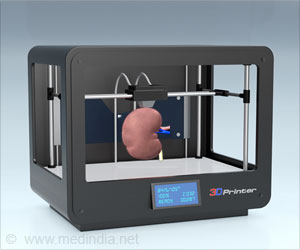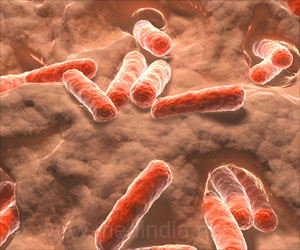Mini-brains derived directly from primary stem cells that usually take longer to create and are expensive can now be made in a faster manner and thereby can also be made cheaper by this new method.

‘A new, rapid and cost-effective method could be used to plug the issues in human brain organoids development as the current ones are difficult, time-consuming and expensive to produce, requiring sophisticated tools and know-how.’





Writing in the current online issue of the journal Stem Cells and Development, researchers at University of California San Diego School of Medicine describe the development of a rapid, cost-effective method to create human cortical organoids directly from primary cells.Experimental studies of developing human brain function are limited. Research involving live embryonic subjects is constrained by ethical concerns and the fragile nature of the brain itself. Animal models only partially mimic or recapitulate human biology and cognitive function. Single cell studies do not capture the complexity of neural networks.
In recent years, the development of in vitro human organoids -- three-dimensional, miniaturized, simplified versions of an organ produced from reprogrammed stem cells -- have allowed scientists to study biological functions, diseases and treatments more realistically and in greater detail.
"And that includes the brain," said Alysson R. Muotri, Ph.D., professor in the UC San Diego School of Medicine departments of Pediatrics and Cellular and Molecular Medicine, director of the UC San Diego Stem Cell Program and a member of the Sanford Consortium for Regenerative Medicine. "Cerebral organoids can form a variety of brain regions. They exhibit neurons that are functional and capable of electrical excitation. They resemble human cortical development at the gene expression levels."
Muotri is among the leaders in the field, having used the "brain-in-a-dish" approach to provide the first direct experimental proof that the Zika virus can cause severe birth defects, to repurpose existing HIV drugs on a rare, inherited neurological disorder and to create Neanderthalized "mini-brains."
Advertisement
In the new paper, senior author Muotri and colleagues describe a new, rapid and cost-effective method to reprogram individual somatic cells directly into cortical organoids from hundreds of individuals simultaneously. To do so, they compressed and optimized several steps of the process so that somatic cells are reprogrammed, expanded and stimulated to form cortical cells almost simultaneously. The result is a cortical organoid that fully develops from somatic cells with only minor manipulation, Muotri said.
Advertisement
Source-Eurekalert














